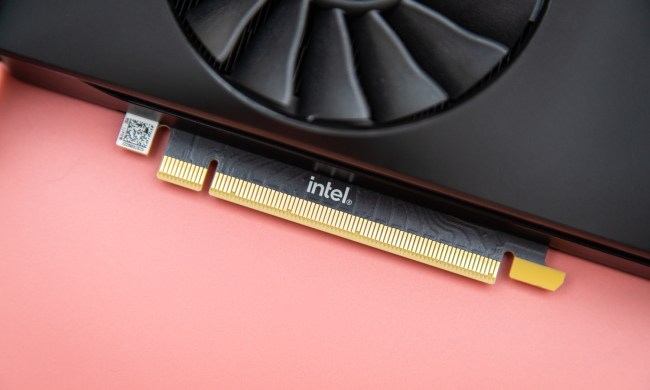The PC graphics card market witnessed notable growth in the fourth quarter of 2023, according to Jon Peddie Research. With shipments climbing by 6% to reach 76.2 million units, this surge marks a significant 24% increase year over year, representing the most substantial gain in over 25 years.
Projections indicate a continued upward trend, with an expected 3.6% annual growth rate from 2024 to 2026, potentially culminating in a total installed base of 5 billion units by the end of 2026, with discrete GPUs comprising 30% of the market.

While total GPU shipments enjoyed a robust 20% year-over-year growth, desktop graphics cards, including AIBs, experienced a slight decline of -1%, contrasted by a remarkable 32% increase in notebook GPUs. Market share fluctuations saw AMD and Nvidia slipping by -1.4% and -1.36%, respectively, while Intel made significant gains with a +2.8% increase, reclaiming ground previously ceded to its competitors. Overall, GPU shipments rose by 5.9%, driven primarily by Intel’s impressive +10.5% surge, though AMD and Nvidia experienced minor decreases of -2.9% and -1.5%, respectively.
As per Dr. Jon Peddie, president of Jon Peddie Research, “The fourth quarter is a bit of a bellwether for the following year, and this quarter it was up, suggesting 2024 will be a strong year for the PC. The PC and CPU makers are introducing the so-called AI PC in the hopes of stimulating the market with a new shiny thing. We’ve had AI-capable PCs for over a decade and the issue has been (and still is), where is the AI they will accelerate? It’s coming, and early examples from Adobe, Microsoft, and the CAD suppliers are good examples. But it won’t hit mainstream everyday utilization probably until the end of the year at the earliest. Therefore, we suggest caution in one’s optimism and enthusiasm.”
Additionally, the data reveals a notable shift in CPU preferences, with notebook CPUs capturing a dominant 69% shipment share compared to desktop CPUs’ 31%. This trend underscores a buoyant quarter for the PC GPU and CPU segment, outpacing the 10-year average with a 5.9% increase.
Noteworthy highlights include a 6.8% uptick in desktop graphics add-in boards and a robust 9.0% quarter-to-quarter increase in the overall PC CPU market, indicating a flourishing landscape for both components. Amidst this growth, the laptop segment saw a flurry of new and refreshed offerings from AMD and Intel, while Nvidia focused on expanding its discrete GPU options, particularly targeting the high-performance AI GPU sector and introducing entry-level offerings within its Ada lineup, promising further dynamism in the market landscape moving forward.




